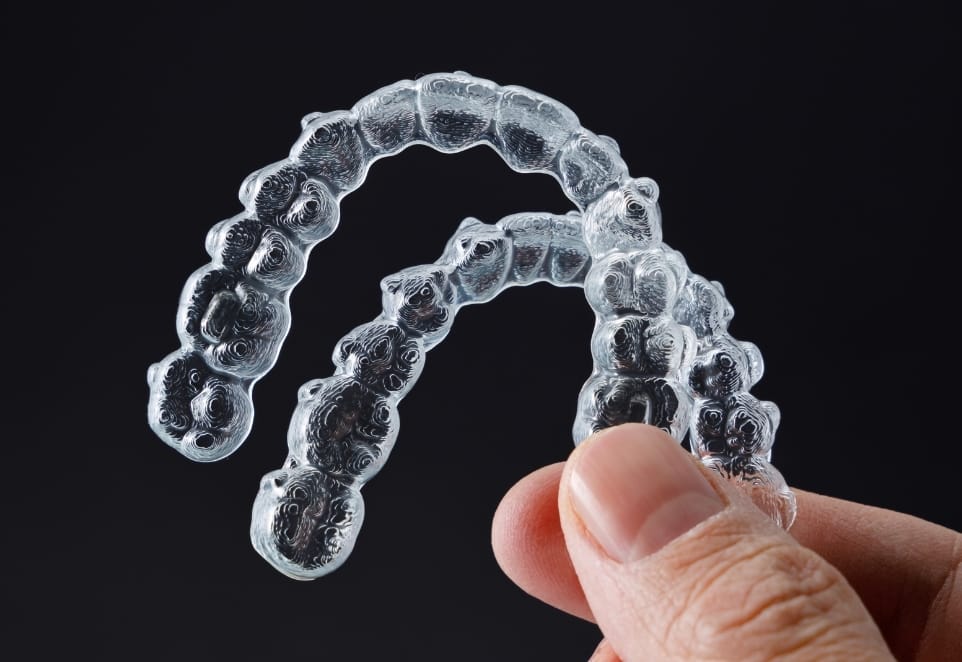The 8 Best Alternatives to Invisalign
Since Invisalign was invented, several other clear aligner systems and adult orthodontic treatments have been introduced. These include systems only available at your dental office and brands marketed...
What Happens During a Dental Crown Procedure?
What Is a Dental Crown? A dental crown covers a tooth entirely and is sometimes called a cap. It fits right over the tooth and down to the gum line, so none of the original tooth is visible.Your ...
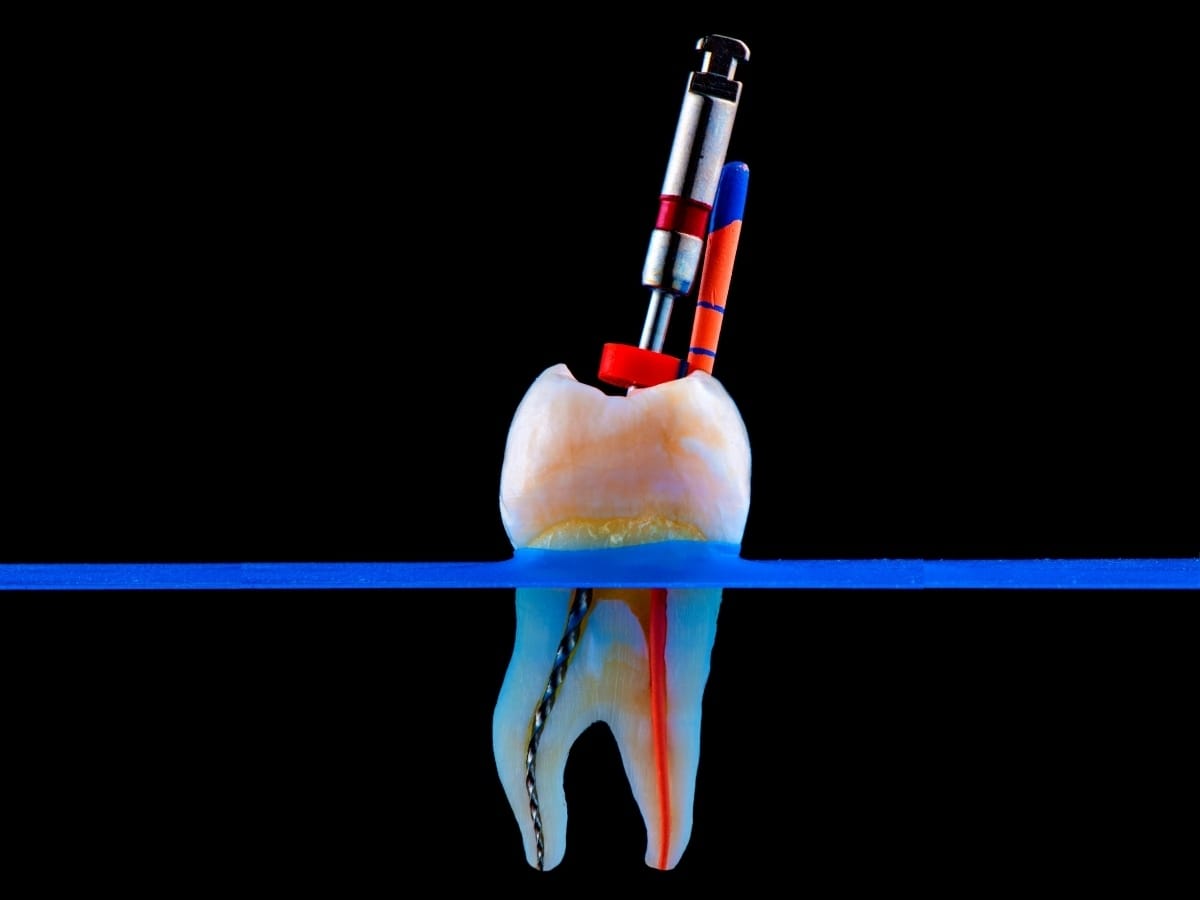
Do You Need a Root Canal? Seven Telltale Symptoms
Why Is Root Canal Therapy Necessary? When your teeth are healthy and strong, they have a tough outer layer of enamel protecting them. However, tooth enamel can become damaged due to trauma or tooth d...

5 Tips for a Fast and easy Post-Gum Graft Recovery
Gum graft surgery restores missing gum tissue, protecting your oral health. This article explores what’s involved with gum graft surgery and provides helpful hints on recovering afterward. What Is...

Metal Crowns vs. Porcelain Dental Crowns
In this article, learn more about metal and porcelain crowns, how they are made, and the pros and cons of each choice. Metal Crowns Traditionally, crowns were made from metal, which could be preciou...
The Pros and Cons of a Dental Bridge
This article explains more about dental bridges, how they work, and the procedure required to make and fit them. We discuss the pros and cons of having a dental bridge and how to help them last longer...

What are the Stages of Periodontal Disease?
This article explains how periodontal disease can develop and the different stages. We discuss who to see for periodontal disease treatment and what to expect. What Is Periodontal Disease? Gum or pe...
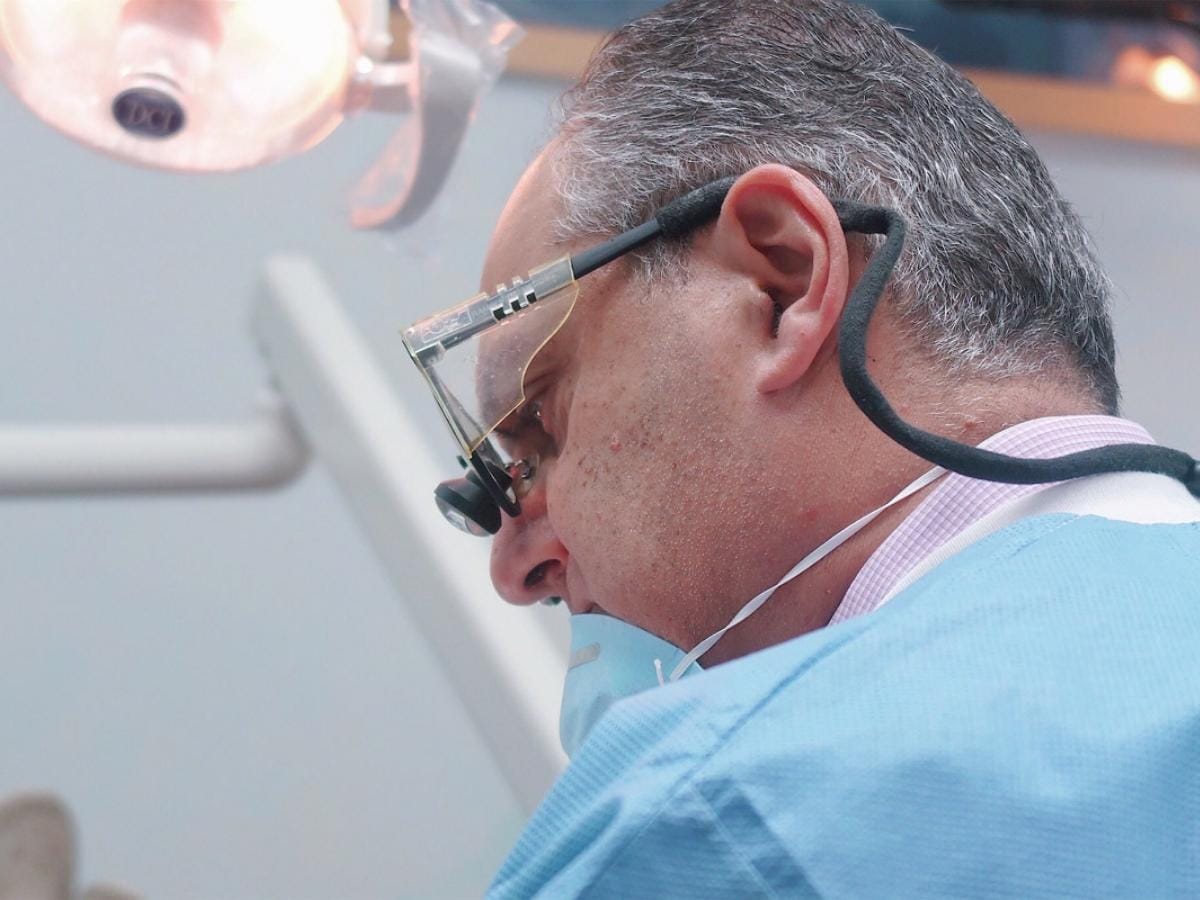
Preparing for Gum Graft Surgery: A Step-by-Step Guide
This article explains more about gum grafting, the type of gum grafts available, and what to expect if you need a gum graft. What Is a Gum Graft? A gum graft is normally carried out by a periodontis...
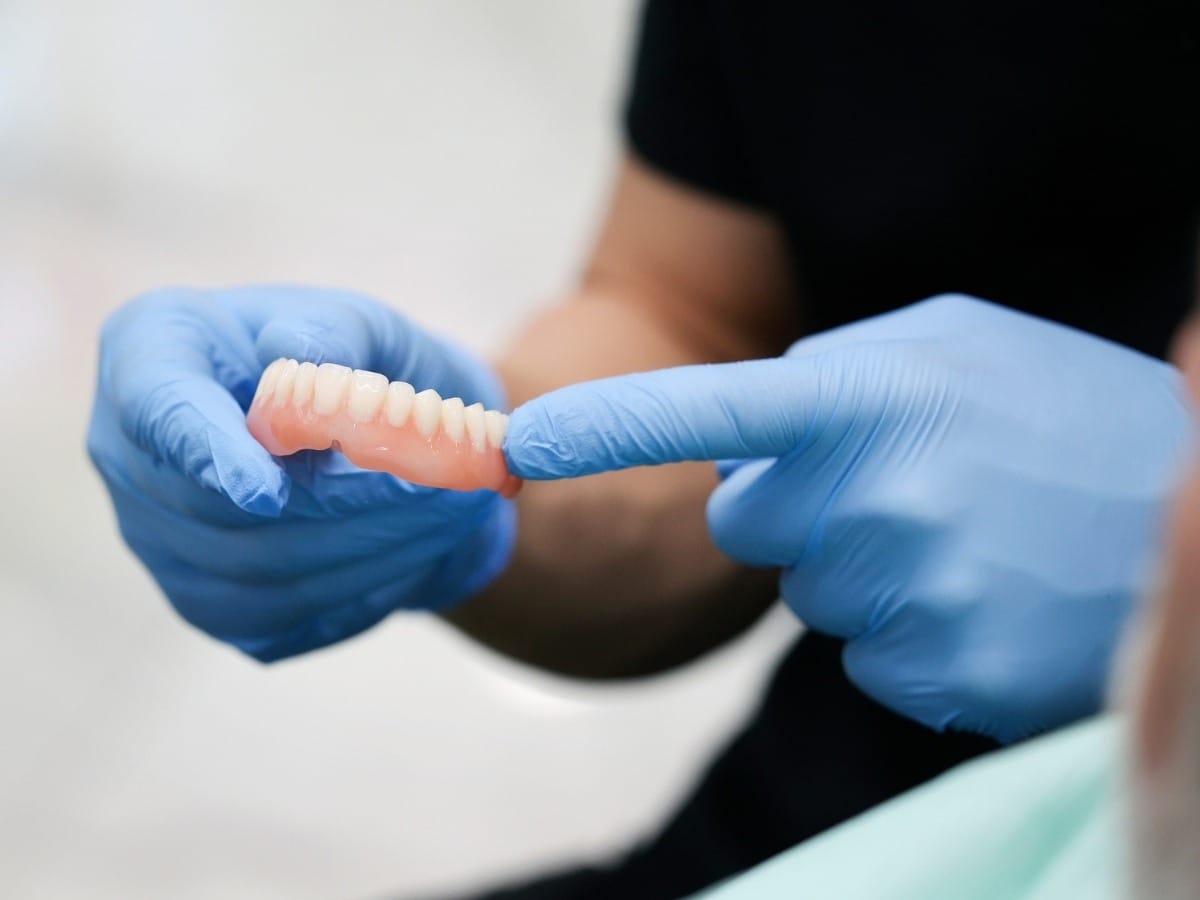
Tips for Eating with New Dentures
This article explains which foods to eat when you first begin wearing dentures and what to expect as you get used to them. After a short while, you should find you can eat a reasonable range of foods ...
Why Does It Pain Two Weeks After Your Dental Bone Graft
This guide looks at what happens during the healing process and what can cause discomfort or pain. We also look at ways to manage any discomfort you may experience. What Is a Bone Graft? When you se...
Franklin Square’s Expert Advice on Choosing Dental Implant Bridges
Traditional Dental Bridge A traditional bridge is supported by natural teeth on either side of the gap. The preparation for a tooth-supported bridge involves significant grinding down of adjacent or ...
Franklin Square’s Expert Advice on Dental Implant Complications and Risks
Dental implants are a popular choice for restoring smiles in Franklin Square, NY, due to their natural appearance and functionality.Nowadays, there is no need to worry that losing teeth will affec...

Could Dental Implants Help Your Smile Makeover?
In Franklin Square, NY, smile makeovers are becoming increasingly popular, often involving treatments like teeth whitening, veneers, or crowns. Lots of people these days will have a smile makeover, of...

How to Restore that Gap in Your Smile
A gappy smile is a cute look for a child, but it is completely different when you are an adult. Losing a front tooth can be embarrassing and extremely upsetting and can make it difficult to socialize ...
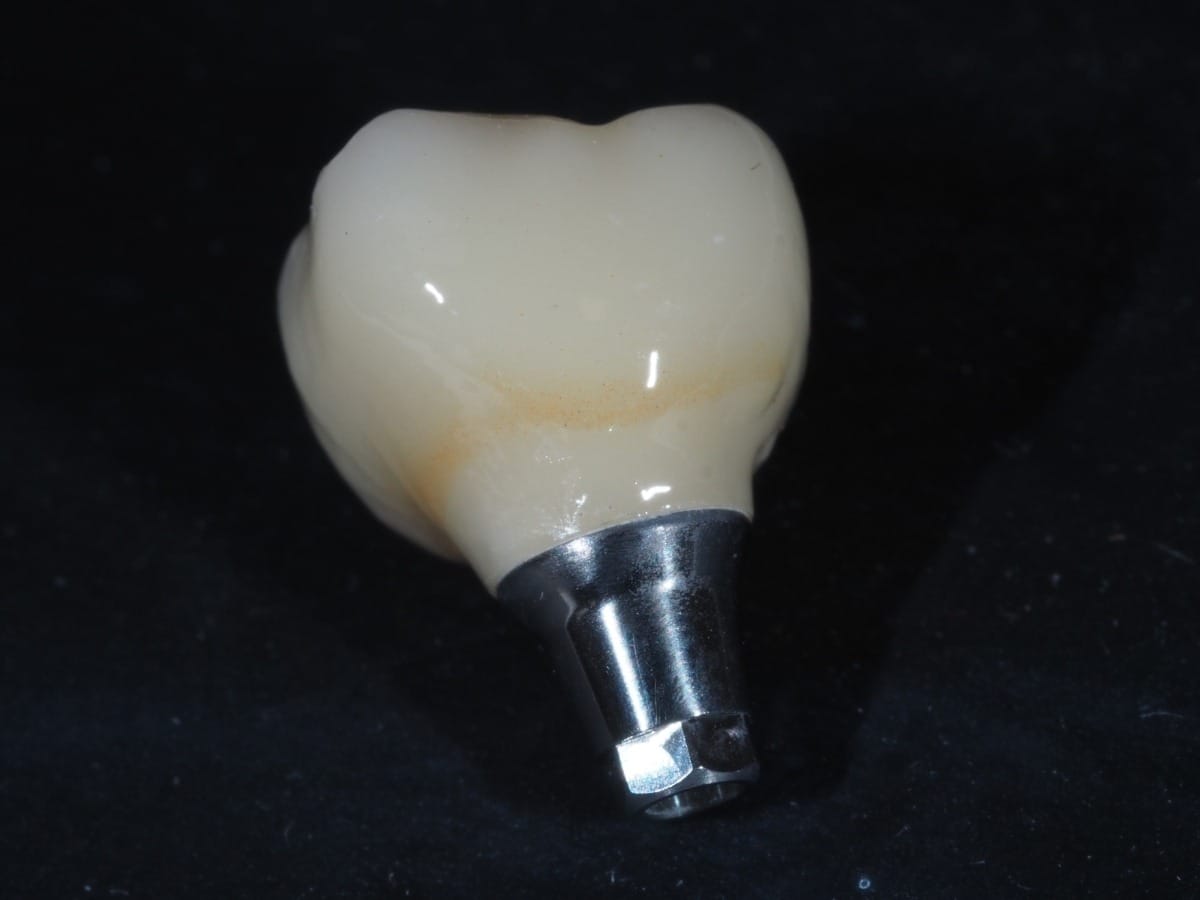
Single Tooth Implants & How to Choose This Option: Franklin Square Specialists Share Their Tips
Do you have a failing tooth that you know will need extracting soon? Perhaps you have already lost a tooth and are interested in exploring options for replacing it? If so, you might have learned a lit...
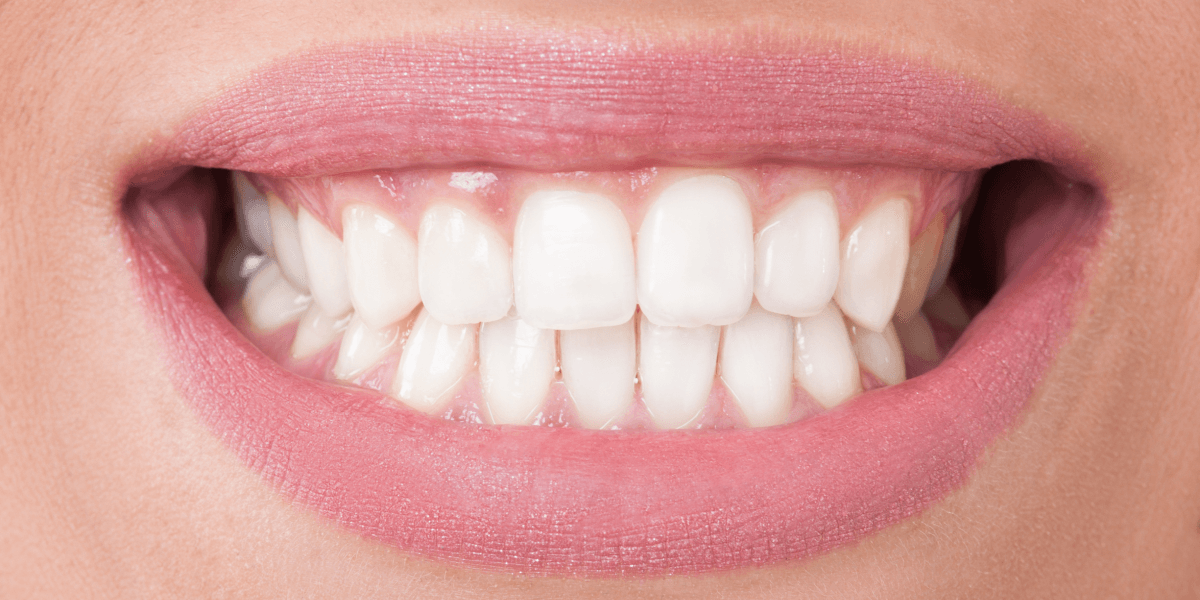
5 Consequences of Neglecting Oral Hygiene
Poor oral hygiene is something that many people tend to overlook or neglect in their daily routine. However, the consequences of not properly taking care of your teeth and mouth can have a significant...
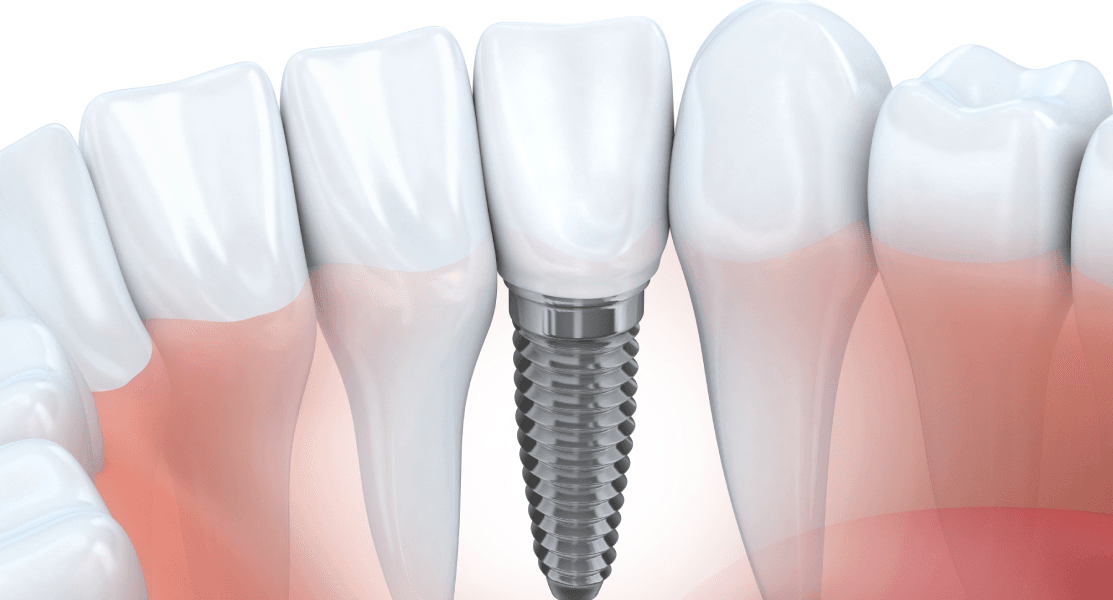
How You Can Choose the Right Dental Implant Specialist
Whether you’ve lost one or more of your teeth because of an injury or periodontal disease, you’ve decided it’s time to restore your smile as well as your self-confidence. You do know that you do...
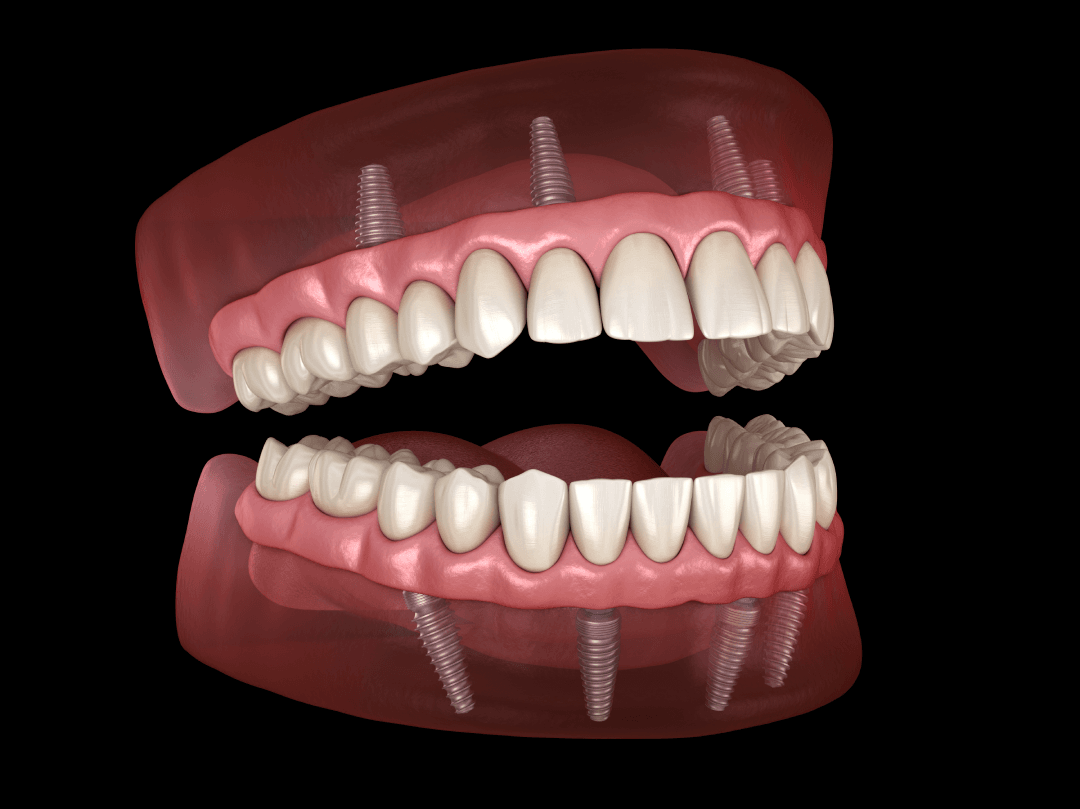
All-On-Four Dentures: Everything You Need to Know
The All-On-4 restoration is one of the most effective restorations to replace a full set of teeth. It can be used to replace an entire arch of teeth. Depending on what’s necessary, it is an excellen...
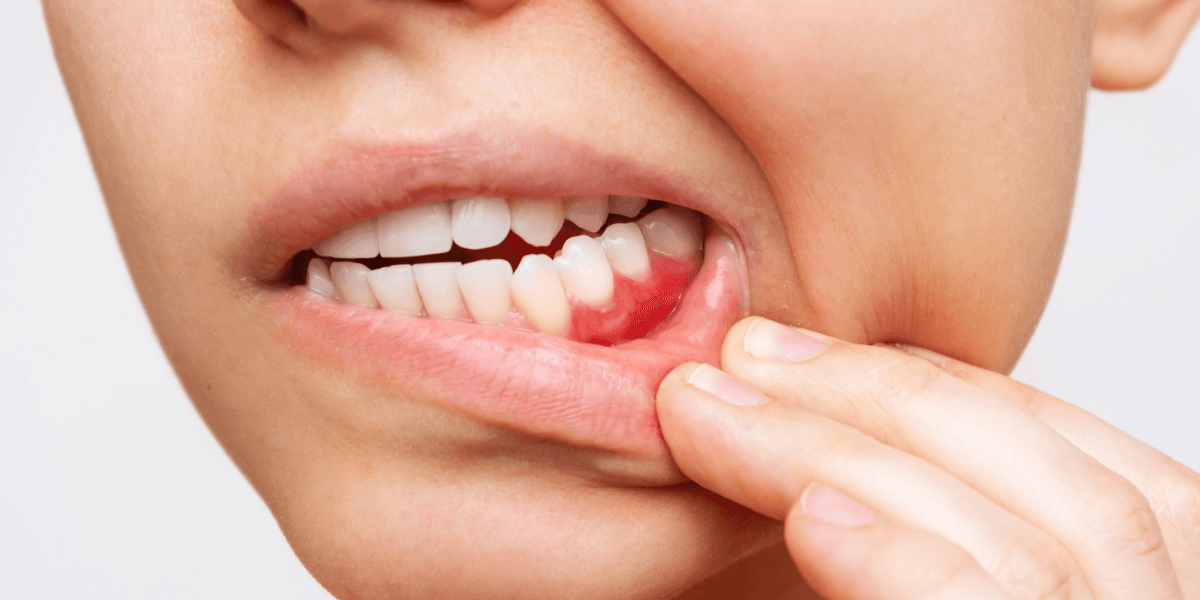
You Need Gum Surgery. What You Need To Know About The LANAP® Procedure
You’ve been told you have gum disease and need surgery to repair your gums. But, what is gum disease? Gum disease is an infection of the bone and supporting tissue in your mouth that is designed to ...
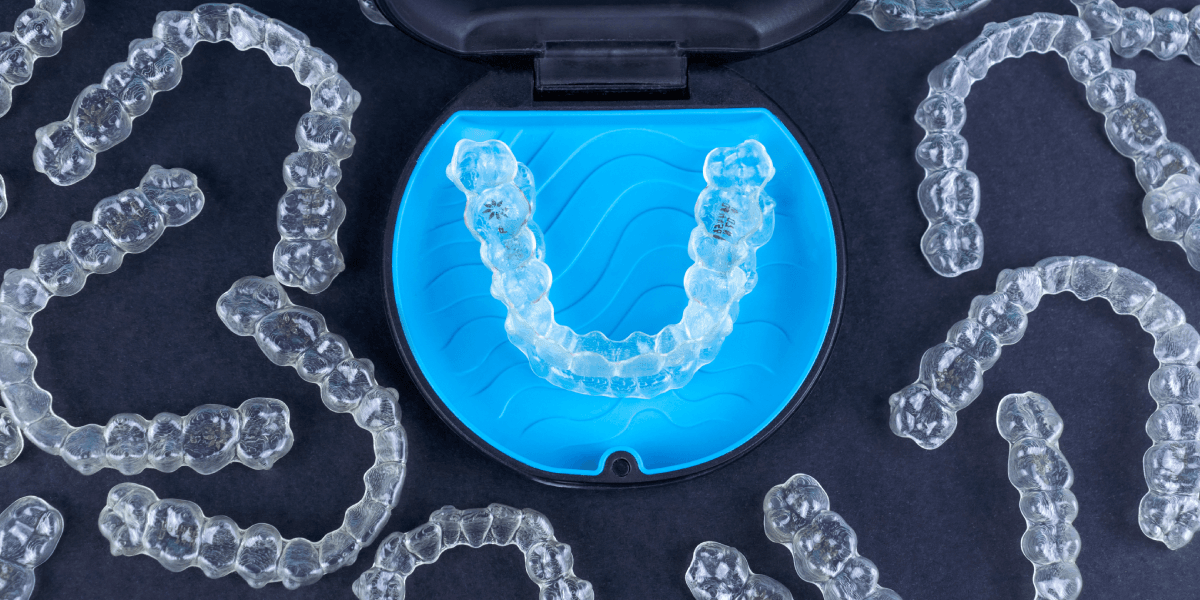
Invisalign vs. Smile Direct Club
There are two trendy options for invisible orthodontic treatment: the more traditional, in-office method with braces Invisalign and the take-home whitening kit Smile Direct Club. Invisalign and Smile ...

